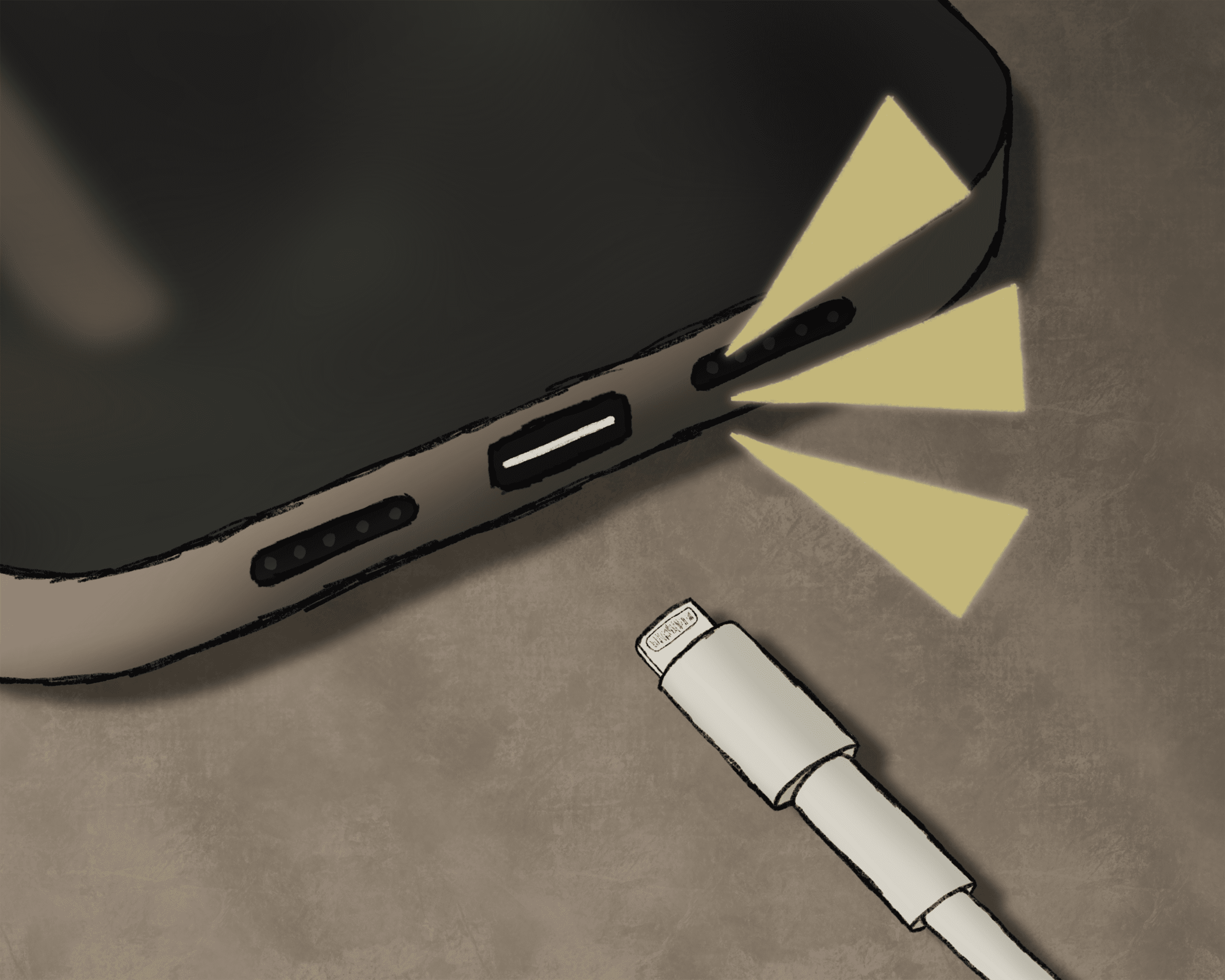If you are a tech enthusiast like myself or someone who recently upgraded to the latest iPhone, you may have noticed that your old charger and accessories are no longer compatible with your new phone.
While some may interpret this as another Apple tactic to extract more money from consumers, it’s a beneficial change for almost everyone. However, it was not Apple’s decision to make the change, and that is a problem.
The move from Apple’s proprietary Lightning connector to the standard universal USB-C port is something that tech enthusiasts and even some regular users have advocated for some time. The transition to USB-C, frequently called “the Android charger” by Apple’s customers, allows a single cable to charge everything from your MacBook to your Android phone and now your iPhone, potentially reducing e-waste and simplifying what you need to carry. It’s a win for both convenience and long-term environmental sustainability.
When you add in all the additional technical benefits of USB-C over Lighting, it makes sense why tech enthusiasts are celebrating the change. Still, one detail has been significantly overlooked: why it happened and how it is a problem?
This change was not the result of market demand, it was a result of government demand.
In late 2022, the European Union (EU) approved new regulations mandating the use of a USB-C charging port for a range of electronic devices, including smartphones. The idea behind it is simple: less cables are easier for the consumer and better for the environment.
While the EU’s push for standardized charging ports is well-intentioned, it raises valid concerns about it’s potential repercussions.
It could stifle innovation within the tech industry, as companies may be less motivated to develop new and improved cable technologies.
It does not sound exciting, but the switch between Apple’s old 30 Pin cable and Lighting or the switch between Micro USB and USB-C were both big deals that brought some significant improvements.
Now, it is going to take a lot of work for companies to bring those new technologies to consumers because this law will have to be amended to allow for a new charging port to be sold in the EU. This is discouraging, considering it took them ten years to pass this law. To put that into perspective, USB-C was launched almost ten years ago.
The abrupt shift to USB-C will also hurt many iPhone users who have invested in Lightning-based accessories. Turning most of these accessories into e-waste sooner than necessary or requiring an additional adapter to use with the newer devices. In the short term, these regulations are going to increase tech’s environmental impact instead of reducing it as they intended.
Though the best and most important question is why does a government have a say in this at all?
The argument I have heard for why is to protect customers. But why do consumers need a government to protect them against a phone charger? Was it dangerous to their health, or were they significantly financially burdened by it? No, it was only a slightly worse technology than USB-C, and everyone had a choice to buy a phone without it; there were many.
The EU regulating this is like them regulating better displays. Sure, there are Android phones, many of which are cheaper than the iPhone and have better displays, but the simple answer is to just buy one of those. Then, Apple will eventually come around. That should have been the answer to the lightning cable, too.



